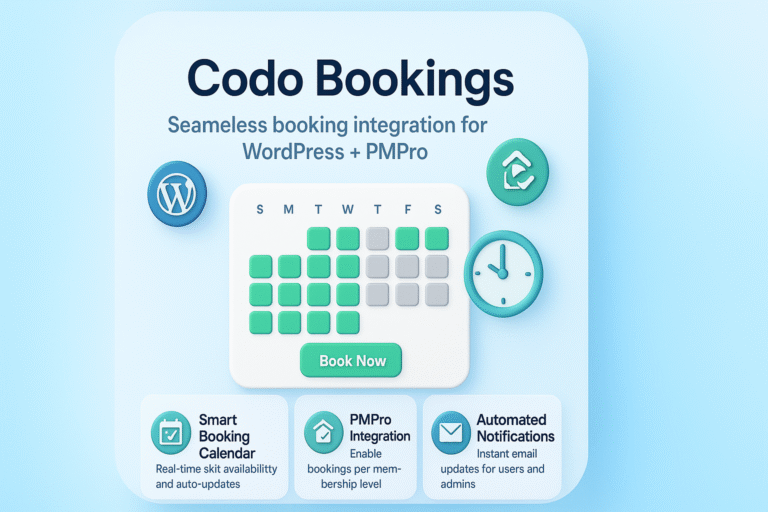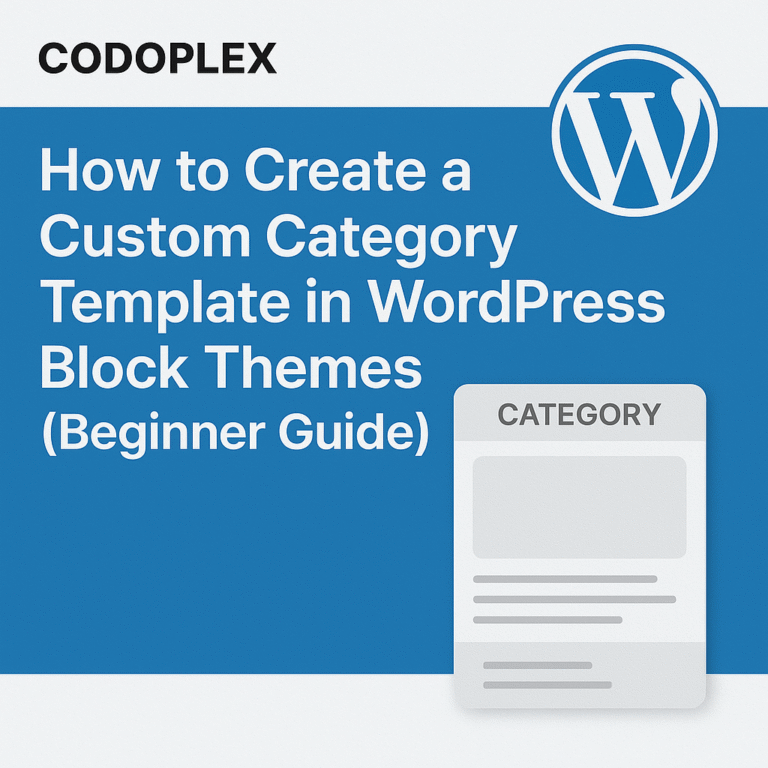Views: 132
In previous blog posts, we have learned how to create custom Gutenberg blocks. In this tutorial we will learn how to create Gutenberg template with pre-defined blocks using inner blocks component. Please visit the introductory blog post to learn how to create a custom Gutenberg block before continuing this blog post.
Following code defines a constant named MY_TEMPLATE with pre-defined core blocks. This constant will later be used in the InnerBlocks component.
const MY_TEMPLATE = [
[ 'core/image', {url:'image_url_here', align: 'center'}, []],
[ 'core/heading', { content: 'Title', className: 'container' }, [] ],
[ 'core/paragraph', { content: 'Description', className: 'container' }, [] ],
];The concept is that we will create a parent element and a child element which will be an InnerBlock with template containing pre-defined blocks.
....
....
edit: (function( props ) {
return el(
'div',
{ className: props.className },
el(
InnerBlocks,
{
template: MY_TEMPLATE,
templateLock: "all",
}
)
);
}),
save: function( props ) {
return el(
'div',
{ className: props.className },
el( InnerBlocks.Content )
);
},
....
....
